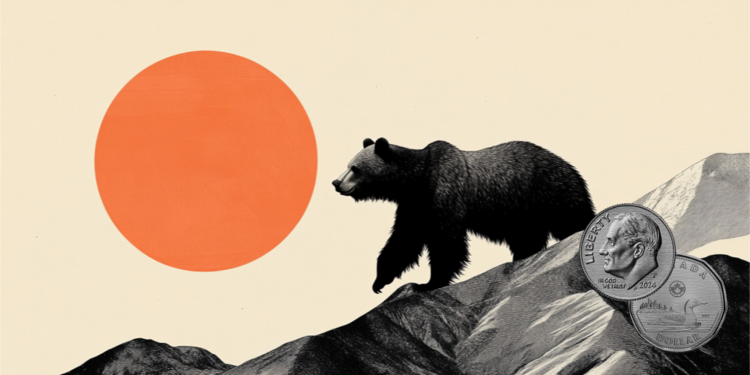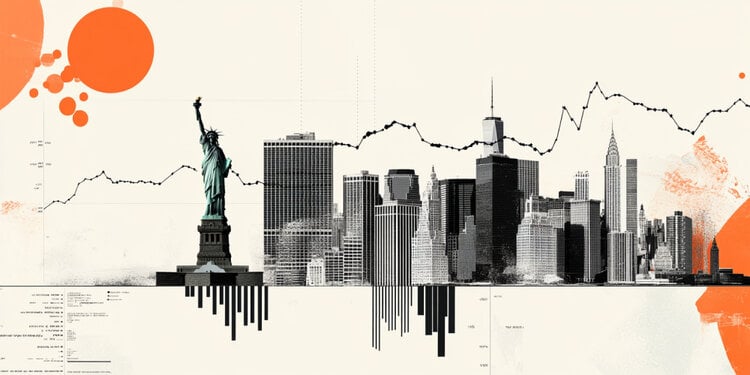Perhaps you shared that viral video of Kimberly “Sweet Brown” Wilkins telling a reporter after narrowly escaping an apartment fire, “Nobody has time for this!”
Maybe you posted that meme of supermodel Tyra Banks exploding in “America’s Next Top Model” (“I was rooting for you! We were all rooting for you!”). Or maybe you simply posted popular GIFs, like NBA star Michael Jordan crying, or drag queen RuPaul declaring, “Guuuurl…”
If you’re black and you’ve shared these images online, you get a pass. But if you’re white, you may have unwittingly perpetuated one of the most insidious forms of contemporary racism.
You may be using “digital blackface”.
What is digital blackface?
Digital blackface is a practice in which white people co-opt online expressions of images, slang, catchphrases, or black culture to convey comic relief or express emotions.
These expressions, which one commentator calls racialized reactions, are mainstays of Twitter feeds, TikTok videos and Instagram reels, and are among the most popular memes on the internet.
Digital blackface involves white people pretending to be black, says Lauren Michele Jackson, an author and cultural critic, in an essay for Teen Vogue. Jackson says the Internet thrives on white people laughing at exaggerated displays of blackness, reflecting a tendency among some to view “black people as walking hyperbole.”

If you’re still not sure how to define digital blackface, Jackson offers a guide. She says it “includes displays of emotion that are stereotyped as excessive: so happy, so sassy, so ghetto, so loud… our dial is on 10 all the time – rarely are black characters given subtle traits or feelings.”
Many white people choose images of black people when it comes to expressing exaggerated emotions on social media — a burden black people haven’t asked for, she says.
“We are your sass, your indifference, your fury, your delight, your annoyance, your happy dance, your diva, your shadow, your ‘yaas’ moments,” writes Jackson. “The weight of the reaction GIF, period, rests on our shoulders.”
Why is digital blackface wrong?
Some might say that posting a video of Sweet Brown saying, “Oh Lord Jesus, it’s a fire” is just for laughs. Why overthink? Why give people yet another excuse to label white people racist for the most innocuous behavior?
But critics say digital blackface is wrong because it is a modern repackage of minstrel shows, a racist form of entertainment popular in the 19th century. That’s when the white actors, faces blackened with burnt cork, amused audiences by playing black characters as carefree, clumsy simpletons. This practice continued into the 20th century on hit radio shows like “Amos ‘n’ Andy”.

Simply put: digital blackface is a 21st century minstrel.
“Historical blackface never really ended, and Americans still haven’t actively confronted their racist past to this day,” writes Erinn Wong in a scholarly article on the subject.
“In fact, blackface minstrelging has emerged in even more subtle forms of racism that are now glorified across the internet.”
Wong says digital blackface is wrong because it “culturally appropriates black language and expressions for entertainment, while dismissing the gravity of everyday instances of racism encountered by black people, such as police brutality, job discrimination, and educational inequality.” ”.
Defining digital blackface is not easy
When trying to define digital blackface, it depends on who you talk to. The pattern for some is comparable to what a Supreme Court justice once said when asked about his pornography test: “I know it when I see it.”
This guideline might help: If a white person shares an image online that perpetuates stereotypes of black people as loud, dumb, hyperviolent, or hypersexual, they have entered digital blackface territory.
And even with that definition, it’s hard to figure out exactly what is and what isn’t digital blackface.
This is the challenge facing Elizabeth Halford.
Halford, a brand designer, wrote an apology essay in 2020 about how she memeed Wilkins’ “Nobody has time for this” catchphrase and sent someone a GIF of singer Beyonce repeating, “I’m not bossy, I’m the boss.”
“I dabbled in digital blackface,” Halford wrote. I laughed at people of color on the news facing horrible crime, disaster, and loss. I’ve appropriated black trauma as jokes and ripped off their faces to put mine on and say what I can’t say, to make you laugh or just because it went viral.

Halford told CNN that she was upset that she had ignored the context of Sweet Brown’s interview. The woman had just experienced a tragedy.
“I think we find it funny the way (black) people tell their stories so talentedly,” she says. “but at the end of the day, a woman’s building caught fire while she was in bed.”
But Halford says that doesn’t mean she won’t use GIFs of black people anymore. She doesn’t object to Beyonce’s “I’m the boss” meme because she thinks it empowers women. She says that as long as a meme or GIF “is empowering and not demeaning,” she’s comfortable using it.
Also, says Halford, if she refrains from using any black memes, she runs into another problem:
“These are the most effective because white ones are so boring,” she says.
Jackson, in her essay for Vogue, acknowledges that it can be difficult to know where to draw the line.
“Now, I am not suggesting that white and non-black people refrain from publicizing the image of a black person for fun or otherwise…” she writes. “There is no prescriptive or proscriptive step-by-step rulebook to follow, no one is coming to take the GIFs down.”
But no digital behavior exists in a deracialized vacuum, she says. A white person can spread digital blackface without malicious intent.
“Digital blackface does not describe intent, but an act – the act of inhabiting a black persona,” she adds. “Employing digital technology to co-opt a perceived or legal black cache also involves representing blackness in a minstrel tradition.
“No matter how brief the performance or the playful intent, summoning black imagery to play type means giving a tailspin on more than 150 years of American blackface tradition.”
So what happened to Sweet Brown?
Another challenge with defining digital blackface is that some of the alleged victims of the practice may be angered by being labeled as victims of racism.
Consider what happened to the woman now known as Sweet Brown after she went viral. She hired an agent and appeared on “The View” and “Jimmy Kimmel Live”. An auto-tweaked original video version of her now has at least 22 million views.
Sweet Brown went public with accusations that she had been exploited. But she had little to do with her race.
In 2013, she sued Apple and an Oklahoma radio show for using her likeness without permission and producing a song, sold on iTunes, that showcased some of her catchphrases.
Is Sweet Brown a victim of digital blackface? Or did she benefit from the exposure?
It’s a tough question. But in the meantime, if you’re a white person who’s considering wearing a “hold my wig” GIF, consider the advice Jackson offers in her Teen Vogue essay for white people pretending to be black online.
Jackson writes:
“If you’re always looking for a blackface to unleash your inner sassy monster, maybe consider going a step further and choosing this beautiful Taylor Swift GIF instead.”
Source: CNN Brasil
Charles Grill is a tech-savvy writer with over 3 years of experience in the field. He writes on a variety of technology-related topics and has a strong focus on the latest advancements in the industry. He is connected with several online news websites and is currently contributing to a technology-focused platform.







